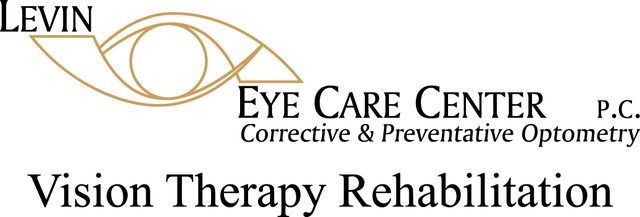
Have you ever wondered what causes all the different eye colors out there?
The beautiful array of human eye colors is governed by the same compound responsible for skin color — melanin. Not only does melanin give our eyes and skin their color, but it also helps protect them from sun damage, though it’s no substitute for sunglasses and sunscreen. Let’s delve into how melanin creates such diverse eye colors and what factors influence these hues.
Global Distribution of Eye Colors
While living in English-speaking countries might suggest a balanced mix of blue, hazel, and brown eyes, global statistics paint a different picture. Brown eyes dominate worldwide, making up 70-79% of the population. Interestingly, scientists believe all blue-eyed individuals share a common ancestor who had a specific mutation affecting eye color. Here’s a breakdown of eye color prevalence:
- Brown eyes: 70-79%
- Blue eyes: 8-10%
- Hazel eyes: 5%
- Gray eyes: 3%
- Green eyes: 2%
- Heterochromia: 1%
- Red or violet eyes: Under 1%
How Melanin Determines Eye Color
The iris contains two types of melanin: eumelanin, which produces brown, and pheomelanin, which results in amber, green, and hazel shades. Blue eyes occur with minimal melanin, reflecting light in a way similar to the sky or ocean, rather than containing actual blue pigment. Green eyes result from a delicate balance of limited melanin and a yellowish pigment, enhancing the Tyndall effect — the same phenomenon that makes the sky appear blue. Hazel eyes have enough melanin to override this effect. In cases of albinism, the lack of melanin allows the red of blood vessels to show through, sometimes giving eyes a reddish or violet hue.
The Complex Genetics of Eye Color
Eye color is influenced by up to 16 different genes, making predictions based on parent’s eye colors not always straightforward. Small changes in these genes can result in a wide spectrum of possible outcomes. It’s common for Caucasian babies to be born with blue or gray eyes that change color as they age, much like hair color can evolve from platinum blonde in childhood to darker shades in adulthood. This change is due to the gradual increase in melanin production, sometimes spurred by light exposure.
Variability and Changes in Eye Color
Many people claim their eye color changes with their environment or mood, but this is usually an illusion caused by lighting, pupil dilation, or the colors they wear. However, eye color can change over time due to aging, and injuries can alter it permanently — one of the most famous examples being the late musician David Bowie.
Artificial Changes in Eye Color
Today, those curious about different eye colors can experiment with colored contact lenses. This can be a fun way to see yourself in a new light, but keep in mind that contacts won’t replicate the natural look of the iris’s complex surface completely.
Bring Us Your Eye Color Questions
Our eyes are not just windows to the world but also to our genetic blueprint. Whether you’re fascinated by the science behind eye colors or just appreciate the beauty of diversity, remember that each color is unique and tells a story. If you’re curious about experimenting with your eye color or just need to update your prescription, don’t hesitate to get in touch.
